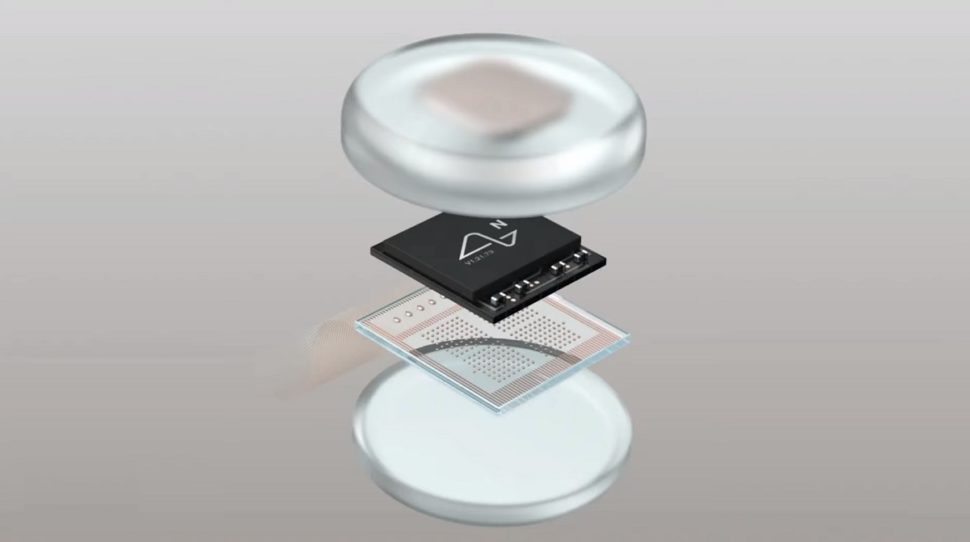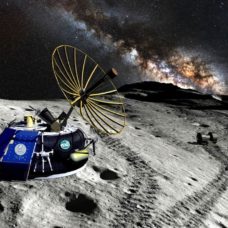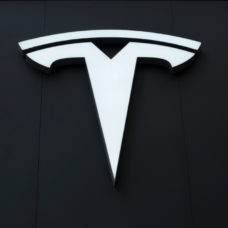Last Tuesday night, Neuralink, the neurotechnology company founded by Elon Musk, has unveiled on a livestream the brain-machine technology it’s been working on for a while now.
Musk had shown the world a tiny piece of chip, called N1 sensor, that would enable people to communicate without physical interactions or aid of any human sensory channels. The purpose behind this latest innovation is to help paralyzed people manipulate devices and enrich the lives of those with brain disorders. Musk said:
“This has the potential to solve several brain-related diseases. The idea is to understand and treat brain disorders, preserve and enhance your own brain and create a well-aligned future.”
According to Musk, his Neuralink device would be beneficial not just to people dealing with brain and spinal cord injuries, but also to those who were born with congenital diseases. However, the long-term goal is to connect humans with AI-powered computers.
“Ultimately, we can do full brain-machine interfaces where we can achieve a sort of symbiosis with AI,” Musk added.
Aside from allowing people with paraplegia to live their lives to the fullest, one of Neuralink’s goals is to enable people to type 40 words a minute just by thinking.

Musk, Neuralink, and Their Brain-Machine Technology
Neuralink was launched in 2016. However, Musk rarely spoke about his neurotech startup or what it’s all about. Instead, the tech visionary directed the attention of people and media to his other companies like Tesla and SpaceX.
Little is known about Neuralink, even after it was made public in 2017. Musk was careful not to let any information slip until three months ago when he teased his Twitter followers with a “coming soon” tweet.
According to reports, Neuralink has employed dozens of “the highest per capita intelligence” engineers to ensure that its technology will be ready within ten years.
Tuesday night’s demonstration shows how earnest Musk is to bring his brain-machine tech to the market.
The N1 chip presented by Musk has a USB-C port and can be connected to a small computer worn behind the ear or a smartphone via Bluetooth. Musk noted:
“If you’re going to stick something in a brain, you want it not to be large.”
Neuralink says that a patient’s brain can accommodate up to 10 chips and use them to control other devices using an iPhone.
The chips will be installed by a surgeon using a robot yet to be built by Neuralink. The latter will drill 2-millimeter holes on a patient’s skull where the chips will be plugged to the brain.
The Neuralink device is guaranteed to be wireless. Neuralink president, Max Hodak, said:
“We didn’t want any connectors or wires coming through the skin. It had to be something that would last for a longer period of time, not something that you’d have to take out after two-three years; it had to have practical bandwidth.”
Neuralink has already begun testing the N1 sensor on animals. It claims that the device has allowed a monkey to control the computer in its brain. They are now planning human trials next year, but Musk admitted seeking the approval of the Food and Drug Administration won’t be an easy task.



















Comments (0)
Most Recent